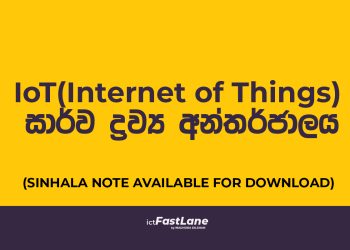In an increasingly digital world, where online transactions and communication have become the norm, ensuring the security and authenticity of digital documents and messages is of paramount importance. This is where digital signatures come into play. Digital signatures are cryptographic techniques that enable individuals and organizations to verify the identity of the sender and the integrity of the content in digital documents. In this article, we will explore what digital signatures are, how they work, and their significance in today’s digital landscape.
Understanding Digital Signatures
A digital signature is the electronic equivalent of a handwritten signature on a physical document. It serves three primary purposes:
- Authentication: Digital signatures confirm the identity of the sender or creator of a digital document. They ensure that the document has not been altered during transmission.
- Data Integrity: Digital signatures provide a means to verify that the content of the document has not been tampered with. Even the slightest change in the document would render the signature invalid.
- Non-repudiation: Digital signatures offer a strong legal basis for non-repudiation, meaning the sender cannot deny their involvement in the document’s creation or transmission.
How Digital Signatures Work
Digital signatures rely on asymmetric encryption, a cryptographic system that uses two different but mathematically related keys: a private key and a public key. Here’s a simplified overview of how the process works:
- Key Pair Generation: The signer generates a pair of keys – a private key and a public key. The private key is kept secret and should never be shared, while the public key is made available to anyone.
- Signing: To sign a document, the sender uses their private key to generate a unique digital signature for the document’s content.
- Verification: The recipient of the document uses the sender’s public key to verify the digital signature. If the signature is valid, it confirms the document’s authenticity and integrity.
- Non-Repudiation: The sender cannot deny their involvement in signing the document, as the private key is unique to them.
Importance of Digital Signatures
Digital signatures have become an integral part of various aspects of our digital lives. Here are a few areas where they are of great significance:
- E-Signatures: Digital signatures have revolutionized the way contracts and agreements are signed online, reducing paperwork and increasing efficiency.
- Email Security: Email encryption and digital signatures help protect against phishing attacks and email spoofing.
- Software Authentication: Software developers use digital signatures to ensure the integrity and authenticity of their software updates.
- Legal Documents: Digital signatures have gained acceptance in the legal field, making it easier to sign and authenticate legal documents and contracts.
- Secure Transactions: In online banking and e-commerce, digital signatures are vital for secure and authenticated transactions.
Challenges and Future Developments
While digital signatures provide robust security, they are not without challenges. Key management, certificate validity, and legal acceptance can be complex issues. Additionally, as technology evolves, the security of digital signatures must keep pace to resist emerging threats.
In the future, quantum computing may pose a significant challenge to existing digital signature algorithms. As a result, researchers are exploring post-quantum cryptography to develop new methods that can withstand quantum attacks.







